Blind shoots on roses: what to do?
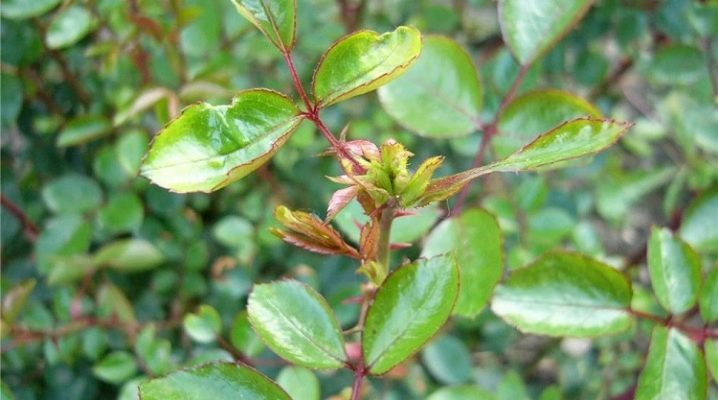
Taking care of roses is not always easy, especially for a beginner in floriculture. Some moments become a problem that, like a snowball, grows from inaction. But you just need to know that the solution is close, as is the case with blind shoots, which can be learned to identify, understand the reasons for their appearance and cut correctly.
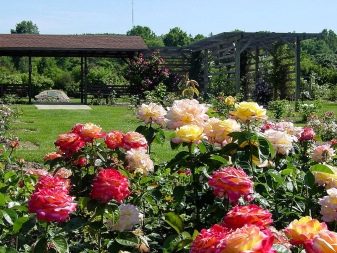
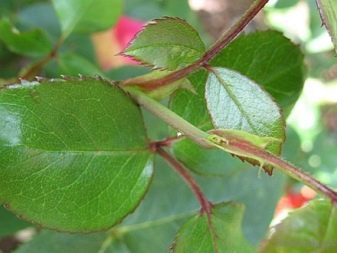
How to determine?
Blind shoots on roses (otherwise they can be called dormant) will differ little from full-fledged and healthy shoots. This is the main snag. But a detailed inspection will help to distinguish one from the other. For blind shoots, blinded tops are characteristic that have no prospects in development. In a healthy shoot, the top has a bud or a young growth. Shoots in which there is no growth point, no completion with a young bud or leaf, are considered blind. And they are found in almost all types of roses. In upright varieties, this is more common. For how the flower is formed, the upper bud is responsible for roses, then the entire shoot will not form flowering. In spray and old roses, this pathology is less common, because their flowers are formed along the hanging shoots.
There is one caveat: sometimes the lateral sleeping kidney can still wake up, and it can give a full result. But this is not always the case, and the delay can also be excessive. Therefore, the blind shoot is often removed or shortened immediately after the diagnosis is made: this is how the rose manages to grow a new shoot from the lateral bud, this time - a full-fledged one. Still, he still needs to have time to ripen by winter.
Beginners are afraid to make mistakes, not to recognize exactly what a blind escape looks like. But if you consider everything, then in comparison with the rest you will notice an underdeveloped element.
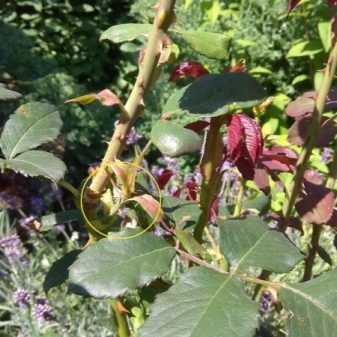
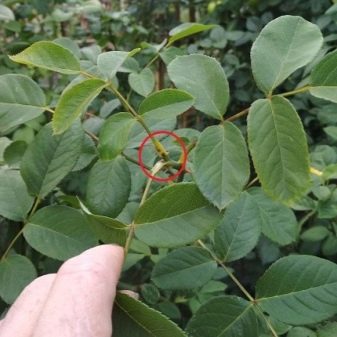
Reasons for education
In fact, there are many of them, and not all of them can be foreseen. But knowing where the danger might lie makes sense. Blind shoots appear for the following reasons.
- Weather... Cold snap is one of the dangerous factors. For example, return frosts at the beginning of the growing season often lead to the fact that dormant shoots grow on the rose. Sometimes even a lot. As a rule, return frosts pass precisely along the upper buds, therefore the shoots will not have buds.
- Improperly organized wintering. With her, the bush simply does not have the strength for full development. If the rose is poorly covered, it will freeze - the plant does not differ in particular cold resistance.
- Little power... Bushes, waiting for their next feeding, will be "capricious". And the formation of blind shoots is only one of the signs of this plant behavior. He simply does not have enough strength for normal growth and bud formation. Especially young plants with large terry inflorescences need feeding.
- Illiterate landing... If the grafting site is too deep, then the roots cannot be adequately supplied with moisture and nutrition. Therefore, even at the time of landing, you need to be very careful.
- Features of the variety... Sometimes the variety is literally prone to such deformation. Some hybrids of roses "sin" with this.
- The nuances of trimming. Either it was done incorrectly, or the florist completely refused it for some reason. But if the peduncles are not cut correctly, if the bush is too thickened, then the extra branches will weaken the vegetation - hence the dormant shoots.
- Lack of light. Roses need the sun, they love it, because with a lack of lighting, not such defects can arise.The plant will bloom worse, blind shoots are a frequent reaction to a lack of ultraviolet radiation.
- Excess nitrogen. After the first days of July, it is too late to apply nitrogen as fertilizer.
But, by the way, in some cases, blind shoots are quite the norm. It is important which plants they appear on - young (first year roses) or adults (second year). If a rose is expected to bloom in the same season, the high growth point should end with a leaf or a spike-like formation (blind shoot). If the rose blooms on the branches for the second year already, this is a normal shoot, which should not be cut or shortened, much less removed. This may end with the fact that in the near future the rose may give few flowers, or even not bloom at all. In other cases, dormant shoots need to be cut, but only correctly.

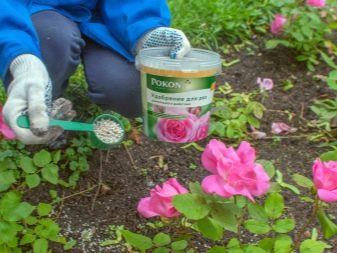
How to trim?
If a dormant shoot is found at the end of summer, waking up the buds by pruning or using growth stimulants is not a solution. Young branches that begin to grow, simply do not have time to get stronger by winter. And this is the path to death. Therefore, it is better to transfer pruning to spring. By the way, in August it's time to feed the rose with phosphorus-potassium compounds. They will strengthen the tissues of the plant, and the rose will survive the winter well.
Here's how to prune a plant.
- In the spring this is done after the cover has been removed and the kidneys have swollen. Frozen and deformed branches must be removed.
- Summer pruning helps regulate flowering. At this time, it is time to remove the shoots with flower stalks for 3-4 buds. This will speed up the appearance of new buds.
- In autumn pruning is carried out to prepare the bush for winter. Poorly matured, blind, as well as fatty branches go for cutting. Long shoots - there. The shrub must be shortened so that it is comfortable under winter shelter.
By the way, about fatty or fattening branches - this is a problem akin to blind shoots. This pathology is often found in re-flowering plants. They grow quickly, develop well, but there are no buds and no. Therefore, an excess of nutrients leads precisely to the fact that the plant begins to fatten.
With fattening branches, they are also saved by pruning, overfed shoots must be cut off by a third.

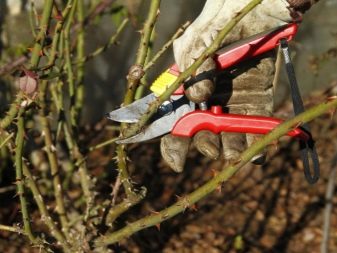
It is also important how the plant is looked after after the pruning procedure.
- The soil must be regularly moistenedHow often this happens depends on the type of soil and climatic conditions. But the heavier the earth, the less often it needs moisture.
- Weeding is a must, weeds impede full growth and development of culture. Weeds can be very harmful to the rhizome of the rose.
- Mulching bushes Is also an important stage. Usually they take freshly cut grass for these purposes, but you can also take straw. It should be laid out around the bush, keeping the layer thickness of 5-7 cm. Only the place near the trunk (in the region of 10 cm) should be left free.
- Spray the plant... Folk remedies or ready-made preparations will help get rid of pests or diseases that often attack the plant. Preventive treatment is also necessary - this applies to bush roses, climbing roses, and others.
And it is also important to regularly inspect the plant, not to let its growth take its course. This is the only way to notice both sleeping and fattening shoots, and remove them in time. Only in this way will the plant still have time to form new buds, not to lose its beauty. In the morning and in the evening, passing by the bushes, you need to inspect the branches. You can take a photo to conduct a comparative analysis later. And so everything will turn out!
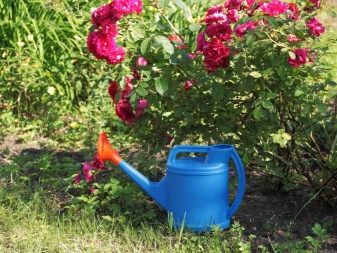
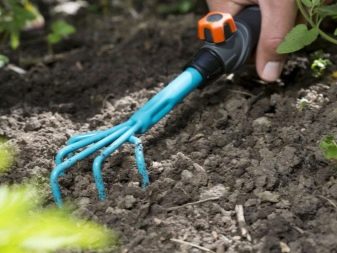

































































































The comment was sent successfully.